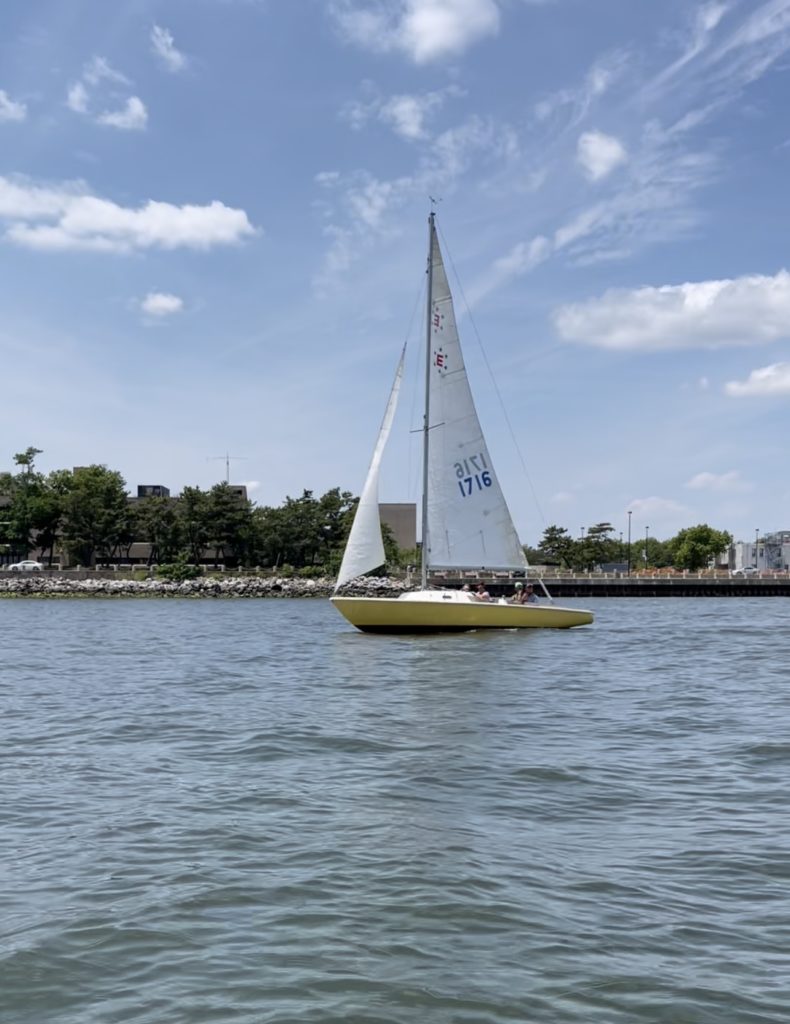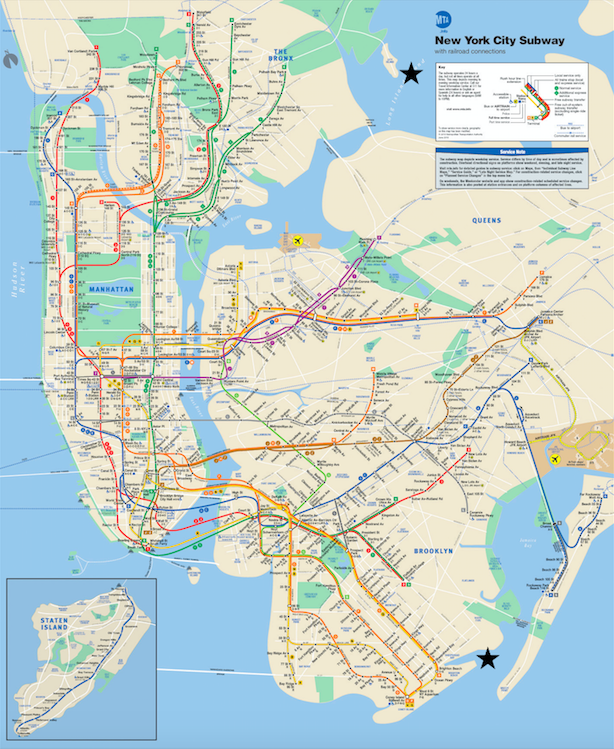Our Director, and most prolific instructor, scored 3.92 out of 4 so far in 2022! THIS is how we teach people how to sail in Brooklyn and City Island.
Year to date, 2022: Captain Stephen Glenn Card, our Director, “Dockmaster” and author of our Blog Rants, has a near-perfect record thus far. Unless there’s a seriously negative ballot-box drop in the next few week, which basically can’t happen, that’s that with that.

And, we’re not talking about an average of 1 or 2 reviews. 20 were submitted, which is a meaningful amount statistically (and particularly in our industry.)
How does this work? ASA sends a confidential email survey to all students who have course certifications processed. Some students respond, and answer key question about how their course went. Their responses are strictly confidential: schools and instructors never know who said what about the where now. Instructors can only see how many reviews were done, and when, plus a breakdown of scoring for each question (not each student).

And, ASA issues Instructor of the Year awards based on these. Assuming an instructor gets a minimum number of responses (ASA doesn’t’ disclose what that is), they’re in the running based on their cumulative score for the calendar year.
Will 3.91 be enough to win one for our Dockmaster? Doubt it; he’s always scored quite highly and hasn’t won one yet. So, the margins at the upper end are tight. But, that’s splitting hairs. It’s like when the final race in a regatta comes down to a few top sailors, and they all finish within a few places of each other in the final race in a large fleet. Someone gets the win, even if there’s really no difference in their overall performance. But, Steve hasn’t won. (Yet?)

What does this mean to students looking for a school to learn how to sail, or take their sailing up to the next level? As the owner, and most prolific instructor of late, top scores translate into a top-tier program. Our Director sets the pedagogy of the school, plans the places and the props, and keeps adapting the program based on results and feedback. And, the weather! As that’s been changing, schools must adapt or decline.
“My dad started a sailing school back in 1968. He sold it in the late 80’s. Eleven years later, I started a new school. I modeled it after his program. Yes, I changed and tweaked, but cautiously and creeping, not with reckless abandon.
The new and subsequent owners of the school dad sold? They took something that wasn’t broken and tried to fix it. It took awhile, but the more they messed with it, the worse it got. They ran it into the ground. Ultimately, they just abandoned the boats. Sad.”
Captain Stephen Glenn Card
… who shall remain in first person mode for the remainder of the Rant. I guess at that point, it wasn’t fun for them anymore. True, it was a business. But if this type of business isn’t fun, you’re not doing it right. To quote one of the most highly respected snowboard instructors at Okemo Mountain resort when I was part-timing there…
“You’re going to be safe, and you’re going to have fun. And, maybe you’ll learn something!”
spoken at the start of a beginner group lesson
I’m afraid I don’t remember his name – only his face. I’m bad that way. Not so hard with groups of only 3 people max for our learn-to-sail courses (and 4 for cruising). But, when teaching up to 8 students in a group snowboard lesson, with faces often covered, and no name tags, names get lost. Yes; I taught snowboarding part time for 3 winters. It was mostly to prove I could teach better than I’d been taught (only 2 years before). It was also for instructional cross-training, getting good as fast as possible, and a free pass to a quality mountain. I didn’t do it for the money; it’s safe to say I lost money on this deal.
In my first lesson, I felt vindicated on the teaching part. From day one, supervisors were watching me intently, clearly wondering what I was doing and why. But, they just watched. My students didn’t fall (certainly not a lot, and some never fell). And, the feedback I was getting from veteran instructors who inherited my students for their next level, and later my supervisors, was super positive.

Did I figure out a new model for how to teach snowboarding? No. I picked it up from a video series! Anyone who’s even curious about maybe learning to snowboard should watch this. It’s entertaining. Highly qualified instructors, one of whom was a pro rider for Burton for a spell. Brother and sister. Their system made sense from my own experience trying to learn, and from their presentation. It wasn’t a complete departure from the conventional progression, but they made key changes in the early stages that appeared to make far more sense. So, I did it that way. It’s not what the mountains seem to be doing, and that’s why they have students falling all the time trying to learn (as opposed to occasionally). Have an open mind, and when stuff doesn’t make sense, consider rejecting it.
It took me another few years to accept something another veteran instructor said one day, but due to his experience and the respect he commanded, I kept thinking back on it. Turns out… he was right. And, he was voted Instructor of the Year by his peers! But, whether I ever earn that in sailing circles doesn’t really matter. Delivering an excellent lesson, every time, is the goal. The proof is in the people when they can sail off the mooring, do all the skills, and sail back – without brakes, without a reverse gear – and stop their boat.
And, we do it for them every time.






































